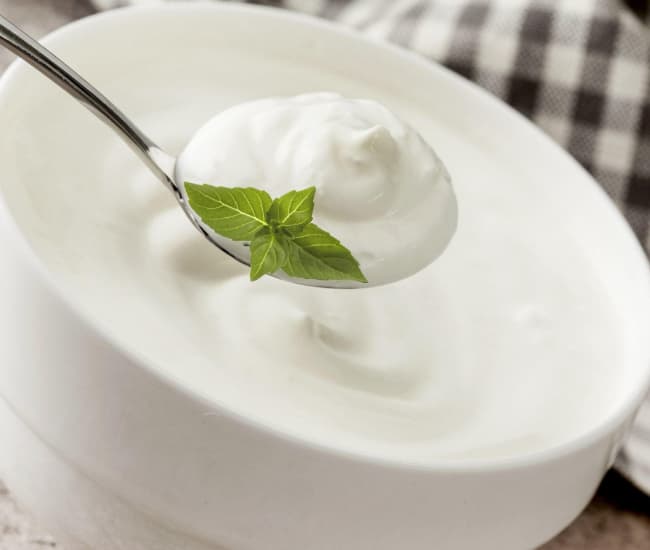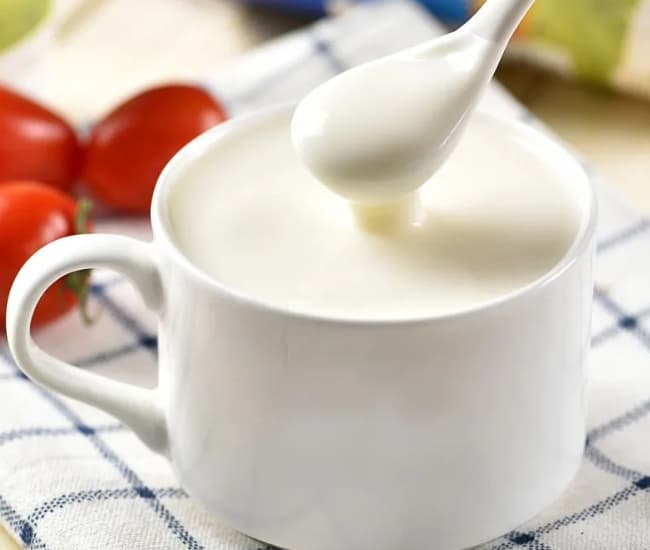Yogurt is one of the most consumed dairy products in the world, recognized for its pleasant taste, Its nutritional value and its intestinal health benefits. With the growing demand for healthy and functional foods, The yogurt market has experienced remarkable growth in Latin America, Europe and Asia. In this article we will explain What is yogurt, How is artisanal and industrial level elaborated, What are its benefits, And we will also include a technical analysis of production parameters using Industrial Machines for Yogurt.
1. Definition of yogurt
Yogurt is a fermented dairy product, obtained from the whole milk, semi -decrete, through the action of specific bacteria known as lactic crops (mainly Lactobacillus bulgaricus y Streptococcus thermophilus).
These microorganisms transform the lactose (natural milk sugar) in lactic acid, what produces coagulation of proteins and generates thick texture, The characteristic acid taste and probiotic properties.
2. History and origin of yogurt
- Yogurt has its roots in Central Asia, where nomadic shepherds retained milk in leather containers, favoring natural fermentation.
- Posteriorly, Its consumption extended to the Ottoman Empire and to Europe.
- At the beginning of the 20th century, It became popular worldwide thanks to the studies on the longevity of the populations that consumed it regularly.
Nowadays, Yogurt is not only consumed naturally, but it is presented in multiple varieties: With fruits, sweetened, Drafts, Lactose without lactose, Greeks and fortified with vitamins.
3. Nutritional composition of yogurt
Yogurt is a highly nutritious food, High quality protein source, soccer, match, vitamina B12, riboflavin and probiotics beneficial for digestive health.
| Nutritious (100 g) | Approximate quantity |
|---|---|
| Energy | 60-120 kcal |
| Proteins | 3 – 10 g |
| Fats | 0.1 – 10 g |
| Carbohydrates (lactose) | 4 – 7 g |
| Soccer | 120 mg |
| Probiotics | 10⁶ – 10⁸ UFC/ml |
4. Yogurt types in the market
- Yogurt natural: without added sugar or flavorings.
- Greek yogurt: thicker, with greater protein content.
- Yogurt bebible: of liquid consistency, Easy to consume.
- Lactose -free yogurt: Suitable for intolerant people.
- Probiotic yogurt: With additional living crops that reinforce the intestinal flora.
- Yogurt with fruits and flavors: The most common in the market.
5. Yogurt elaboration process
The process varies as it is carried out by hand or industrial, But the basic steps are similar:
5.1 BASIC PROCESS STEPS
- Milk reception → Quality control.
- Standardization → Fat and solid adjustment.
- Pasteurization → 85-90 ° C during 30 minutes.
- Cooling → to 42-45 °C.
- Inoculation → Addition of lactic crops.
- Fermentation → 4-6 hours the controlled temperature.
- Final cooling → 4 ° C to stop fermentation.
- Packing → In sterile containers.
6. Yogurt industrial production
In the industry, They are used Specialized Machines that allow to guarantee quality, Hygiene and production in large volumes. A Machine to make industrial yogurt Includes fermentation tanks, Pasteurization systems, Cooling and automatic packaging lines.
7. Yogurt industrial production technical parameters
Next, a technical parameter picture used in an industrial yogurt plant:
| Technical parameter | Standard Value |
|---|---|
| Production capacity | 500 L – 10,000 L by lot |
| Pasteurization temperature | 85-90 °C / 30 min |
| Inoculation temperature | 42-45 °C |
| Fermentation time | 4-6 hours |
| Conservation temperature | 2-4 °C |
| Electric consumption (middle plant) | 20 – 50 kWh |
| Tanks material | Stainless steel Food grade (AISI 304/316) |
| Type of agitation | Mechanics with speed control |
| Automatic packaging | PET bottles, PP glasses, Glass containers |
8. Advantages of Industrial Yogurt
- High standardization: Same flavor and texture in each lot.
- Food security: Thanks to pasteurization processes.
- Variety of presentations: solid yogurts, liquid, Greeks.
- Scalability: production in small, medium and large plants.
- Added value: Possibility of fortification with vitamins, Probiotics The Fruits.
9. World consumption and yogurt trends
Yogurt consumption has grown all over the world due to the tendency towards healthy eating. Some relevant data:
- In Europe, per capita consumption exceeds 20 kg per year.
- In Latin America, The drinkable yogurt is the most popular format.
- He Greek yogurt leads premium market growth.
- Innovations include vegan yogurts (soy -based, almond or coconut).
10. Machine to make industrial yogurt
Yogurt is much more than a fermented dairy: It is a food with nutritional benefits, A versatile product in the market and a constant expansion business opportunity. Thanks to the technology of the Machine to make industrial yogurt, Producers can guarantee a safe food, quality and adapted to new consumption trends.




